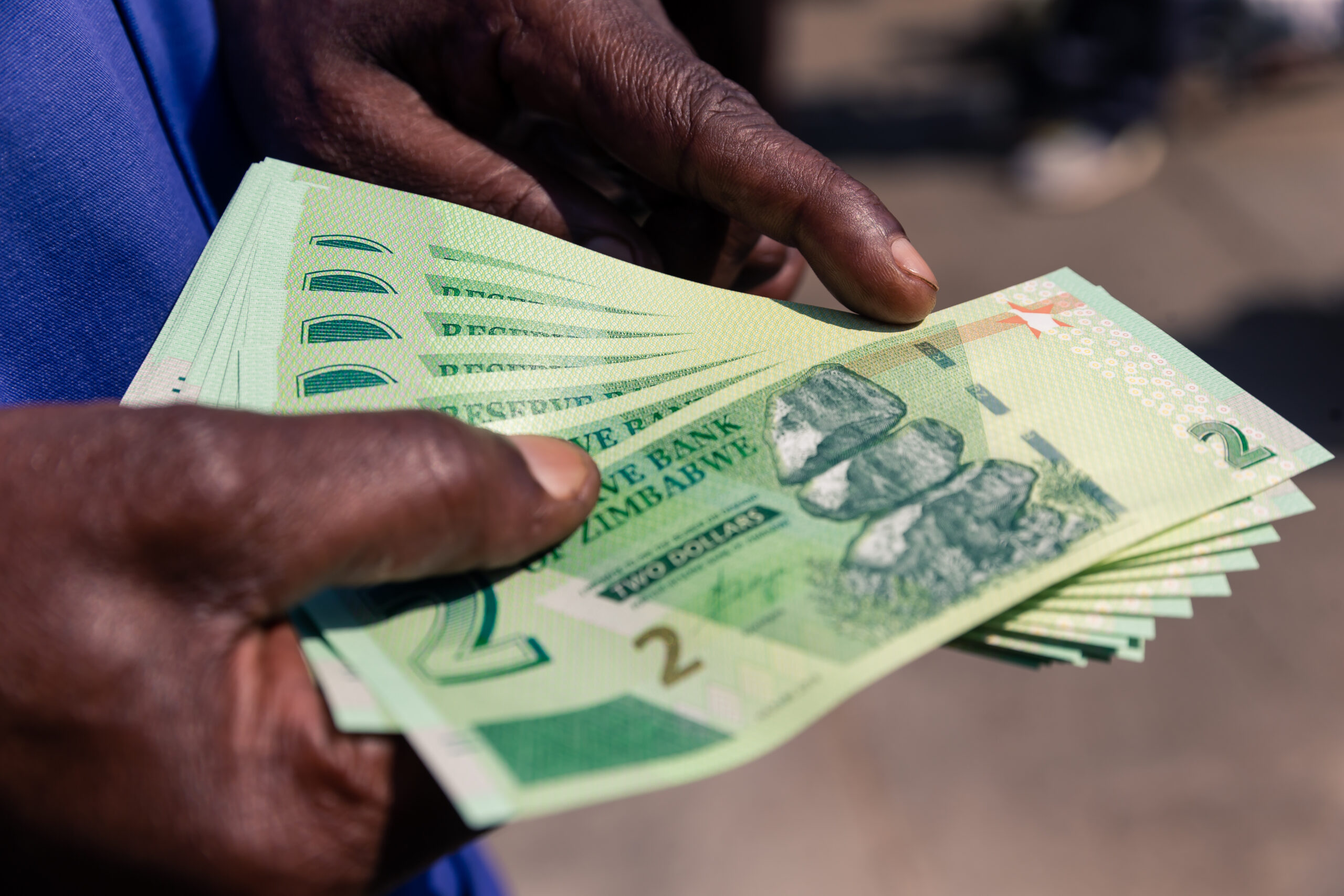Zimdollar finds its range
Zimbabwe’s foreign currency exchange rate appears to have reached high levels of stability in the market-driven auctions with the local currency continuing recent trends of a minute firming, one eighth of one percent yesterday to $81,34.
The Zimbabwe dollar has not traded below $80 since it hit $80,46 on August 4, 2020.
And the highest level to date of $83,39 on August 25 is increasingly appearing as the peak of the discovery process in the early auctions.
Since then the local currency has firmed a little under 2,5 percent in a very narrow bid range as bidders in the upper half of bids shave their future bids slightly.
With US$103 million allotted in the last four actions, around the monthly demand of US$100 million needed for non-fuel imports, observers now expect a weakening in parallel market rates going forward since all major importers can buy at auction with only a scattering of consumer goods needing black -market currency.
“Currently the (black market) rate is being held at 100+ purely by sentiment or expectations. Fundamentally, using purchasing power parity and any other rational model, the Zimbabwe dollar is undervalued so a move correcting that situation will not have anything underlying to reverse it,” says business consultant Farai Mutambanengwe.
“Fundamentals always trump sentiment in the medium-to-long term.”
The highest bidder on the main auction offered $87, while the lowest accepted bid was $79. On the SMEs auction the highest offered was $86, while the lowest accepted bid was also $79, pointing to the tightest range in bids across both boards since the introduction of the SMEs segment.
The rise in both the lowest bid and the top bid by $1, yet with the weighted average falling marginally is evidence that the vast majority of bidders are now bidding very close to the actual final average with only the odd bid more than $1 or so away from that average.
Total foreign currency allocation this week jumped to US$26,2 million up from last week’s US$24,5 million. This is the second highest on record.
The auction saw big corporations being allocated US$24,69 million, while smaller businesses received a total of US$1,43 million.
The main auction saw 193 successful bidders allocated the US$24,69 million with another 35 bids disqualified.
On the SMEs board, 114 valid bidders received the total of US$1,43 million with another 21 disqualified.
The central bank said bids that were not eligible in terms of the priority list were disqualified, while bids with overdue CDIs, outstanding Bills of Entry and those with sufficient FCA (foreign currency accounts) balances were also disqualified.
The growing number of bidders is indicative of increasing confidence in the Reserve Bank of Zimbabwe’s forex auction system.
And although banks are still not effectively participating in the foreign currency auction system, economist and advisor to the RBZ Eddie Cross said the banks are now using the official rate in dealings with their clients.
“The banks are still not putting their clients money on the market. Instead they are selling currency to their own clients, but using the auction rate.
“The Reuters System shows that these transactions have increased from about US$3,5 million a day to over US$8 million a day,” said Mr Cross.
“This activity means that about 70 percent of all foreign exchange is now being traded at the auction rate. The new stability in the rate is having a dramatic impact on inflation.”
Expectedly, raw materials accounted for the bulk of the allotments with US$8,18 million on the main auction and US$412 601 on the SMEs board.
Machinery and equipment came in second with US$4,88 million on the main and US$237 317 on the SMEs and consumables, in third on the main auction at US$3,25 million. On the SMEs section, consumables took up US$326 875.
The foreign currency auction system has brought about price stability, which has led to improved industrial output.
And the Confederation of Zimbabwe Industries (CZI) acknowledges the developments.
“Positive news from industry. One company told us today that they are 25 percent above their July-August performance and they give credit to exchange rate and price stability. This growth is driven by volumes not prices they said,” tweeted CZI this week.-herald.l.zw









